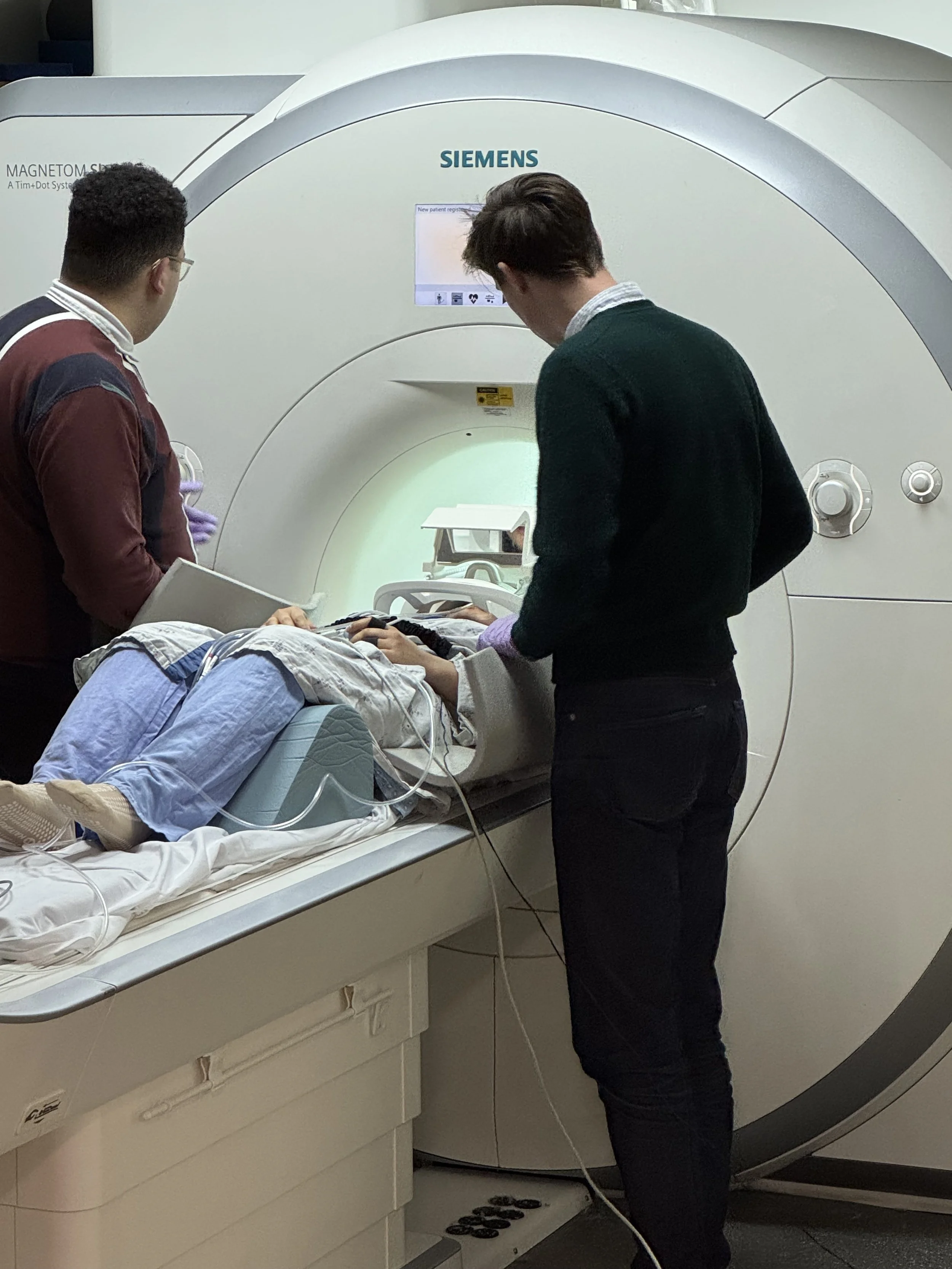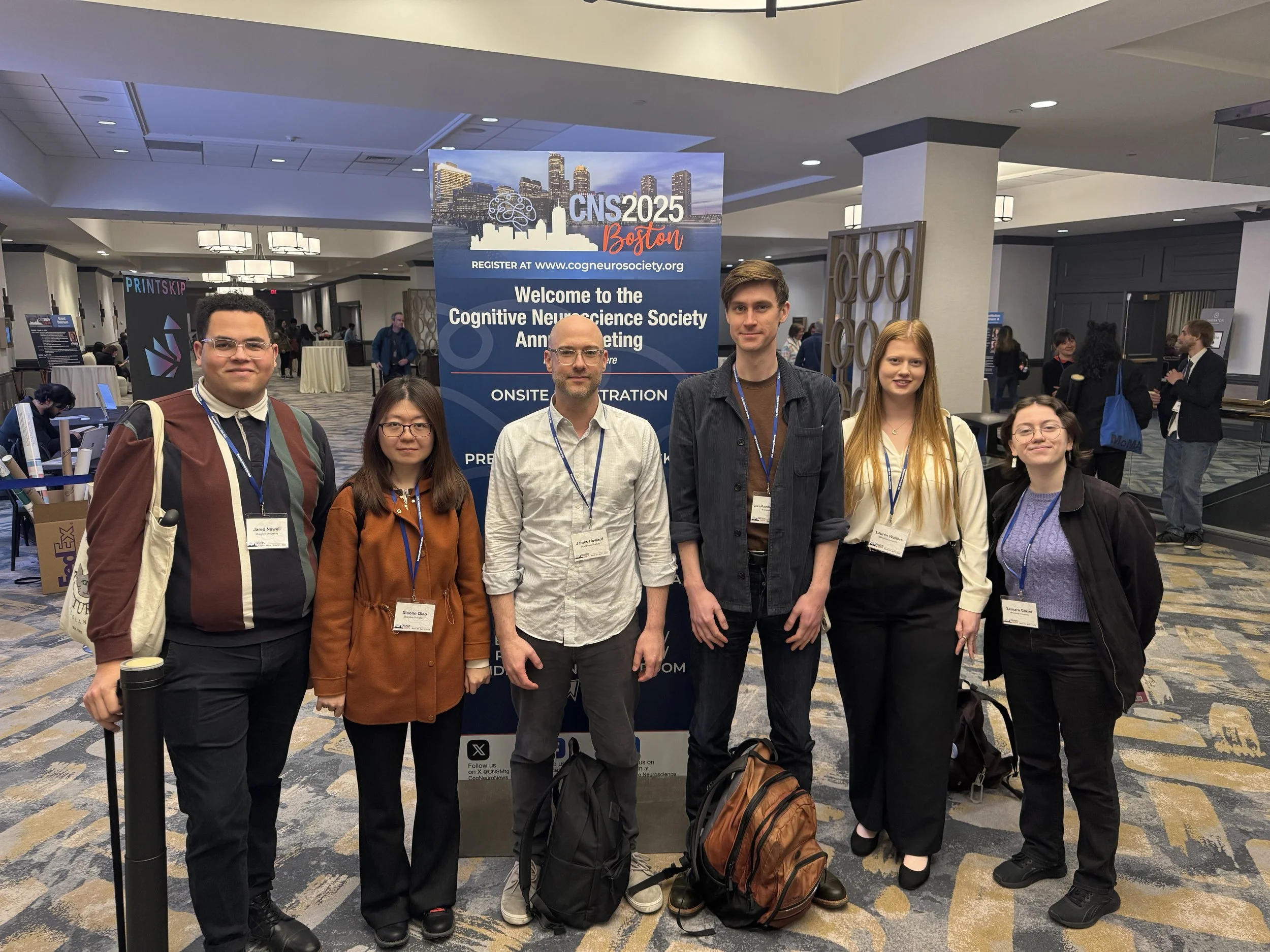
Mission Statement
The fundamental mission of our lab is to understand how the human brain converts sensory input into meaningful behavior, and to investigate the relevant behavioral and neural computations that link these functions. We have a particular interest in how this plays out in the context of olfaction, but our research is not strictly limited to this sensory modality. This overarching topic describes the main focus of projects in the lab, but there are also side projects here and there that don’t fit neatly in this category. The methodologies we employ generally include human behavior, physiological monitoring, sensory psychophysics, neuroimaging, computational modeling, and non-invasive stimulation. Our projects are currently carried out on healthy human research participants. However, it is our hope that our findings might generate insight into basic mechanisms of sensory and decision processes that can go awry in a variety of neurological and psychiatric disorders, such that they may ultimately inform treatments for these conditions. If you are interested in joining the lab please check out our lab manual.
Reward, Learning & Decision Making
Human behavior is fundamentally shaped by the need to experience, learn about and pursue rewards. This requires integration of a range of neural functions, from sensation and perception to emotion and cognition. Using a combination of neuroimaging, non-invasive stimulation, and computational modeling, we aim to understand how these systems interact to generate good decisions. We focus, in particular, on studying decisions for chemosensory rewards (smells and tastes), which offer the dual advantage of being loaded with ecological relevance and facilitate comparison with studies of reward processing in animal model systems that tend to use same modality. Through the delineation of the neural processes by which motivated decisions are made and adapted in changing environments, we hope to generate testable hypotheses about how these systems are disrupted in conditions such as schizophrenia, addiction, and depression.








